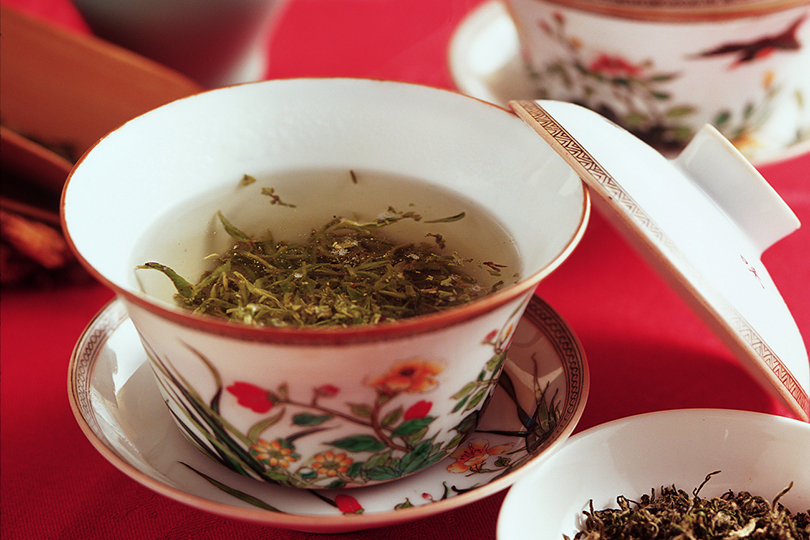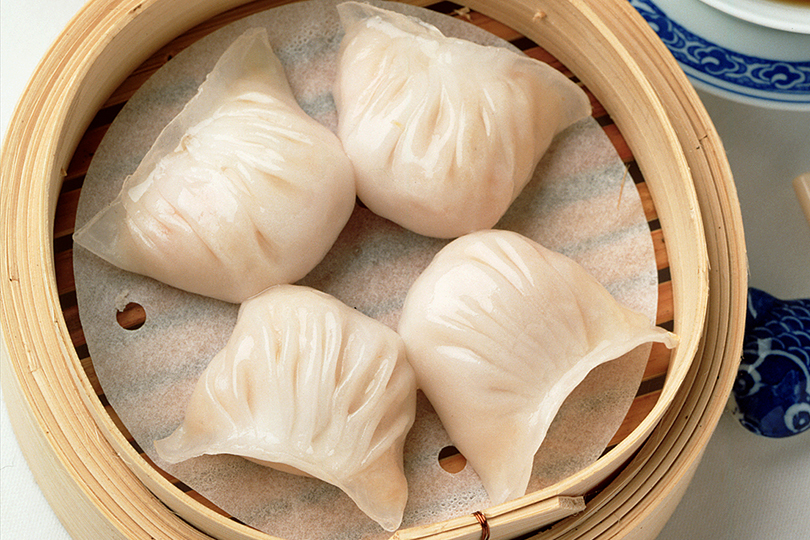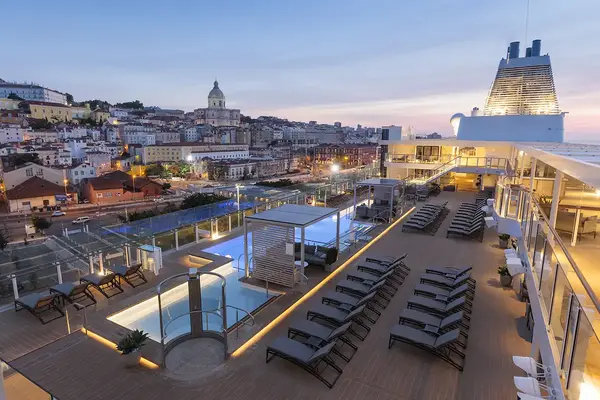Learning about Hong Kong's fascinating food and drink traditions
Yum cha is the Cantonese tradition of drinking tea and eating dim sum that’s celebrated in Chinese-speaking countries across the world, including Hong Kong.
Earlier this week I was lucky enough to learn about and experience this tradition for myself on an immersive, foodie walking tour of Hong Kong – a virtual tour, of course, organised by the Hong Kong Tourism Board.
The event was held to celebrate the Hong Kong Wine & Dine Festival 2020, which kicked off on 11 November and will run until 15 December, with many virtual masterclasses and foodie events for agents and their clients to enjoy virtually (winedinefestival.discoverhongkong.com)
As local Walkin Hong Kong tour guide Olivia and TV chef Christian Yang sat in the hundred-year-old Lin Heung Tea House in central Hong Kong sipping tea and snacking on bite-size dim sum alongside grey-haired locals, I was able to enjoy some of the flavours they enthused about live over Zoom, having received a beautiful traditional Chinese brewing cup and some fragrant, warming rose black tea in the post.
“Yum cha literally means ‘drink tea’, so the tea is the main event – the dim sum is the accompaniment,” said Christian. He explained that the perfect cup of tea should provide “a golden balance between bitterness and some tannins”.
If anyone pours you a cup of tea in Hong Kong, make sure you tap your fingers on the table as they do so, as a way of saying thank you. It’s a tradition that dates back to the time of Imperial China, explained Olivia.
The story goes that one emperor ventured out with his courtiers to observe his citizens in disguise, dressed in normal clothes. One day while out in disguise, the emperor poured tea to his courtiers. As they didn’t want to give the game up and reveal their status to the citizens, they thanked the emperor by bowing to him symbolically, by tapping their fingers.
Traditional dim sum that can be enjoyed with Chinese tea include ha gow (shrimp dumplings) and siu mai (minced pork and shrimp dumplings topped with steamed flying fish roe). “These two dim sum are inseparable – they always go together,” smiled Christian. For a sweet hit, there are mini custard tarts and thousand layer cake, a steamed cake made of tiers of soft dough and filled with salted egg yolk and sweet desiccated coconut and pumpkin.
Savour the flavour
For clients planning a future visit to Hong Kong, a foodie walking tour is a fantastic way to wander around this colourful destination and learn about the flavours and traditions that form an integral part of its culture.
On our virtual foodie tour, pit stops also include a visit to a dai pai dong – or open-air restaurant – which often serves up fried rice, fresh noodle dishes or local delicacies such as sea snails.
We also stop at a stall selling fresh eggs at Grand Central Market, where Olivia explains locals will hold the eggs up to the stall’s hanging lamp to check their freshness (you don’t want to see any dark spots or the yolk sticking to shell.) She also explains that the stall owner wraps the eggs expertly in sheets of newspaper, forming a cone that can be carried without the contents breaking.
The Hong Kong Wine and Dine Festival is hoping to be back as a physical event in 2021 – for foodie clients itching to visit this region once travel restrictions ease, recommend a visit next November for an experience that’ll leave them with full bellies and even fuller hearts.
















